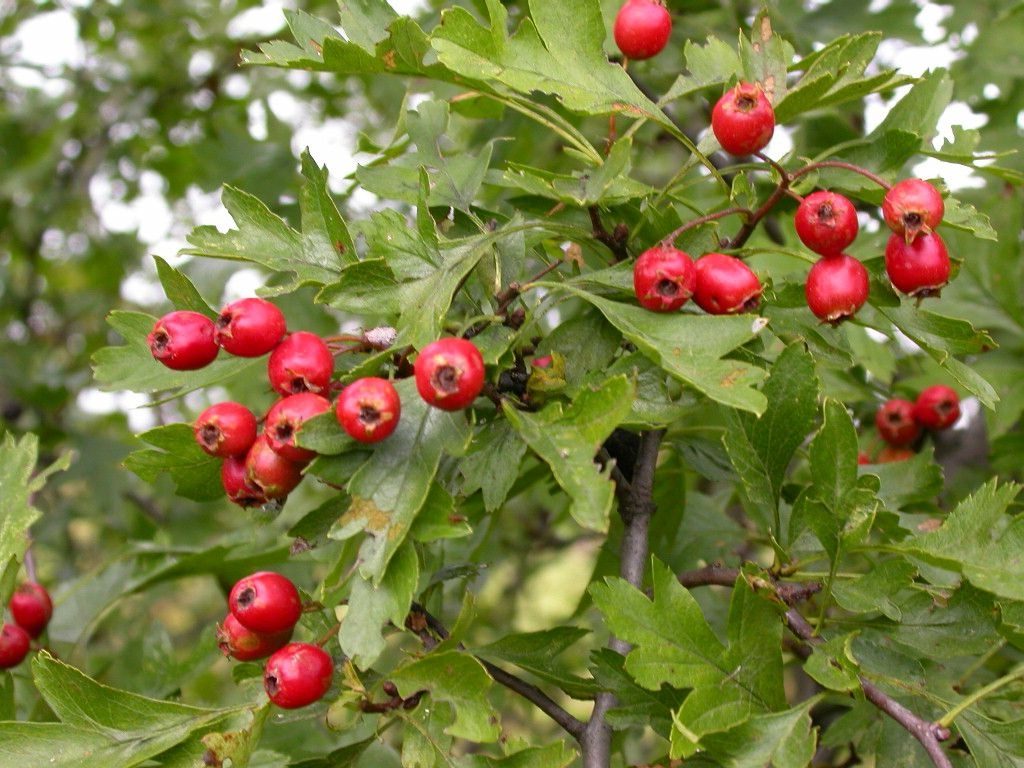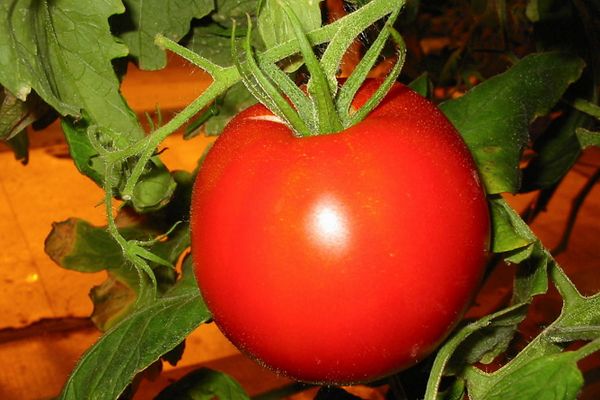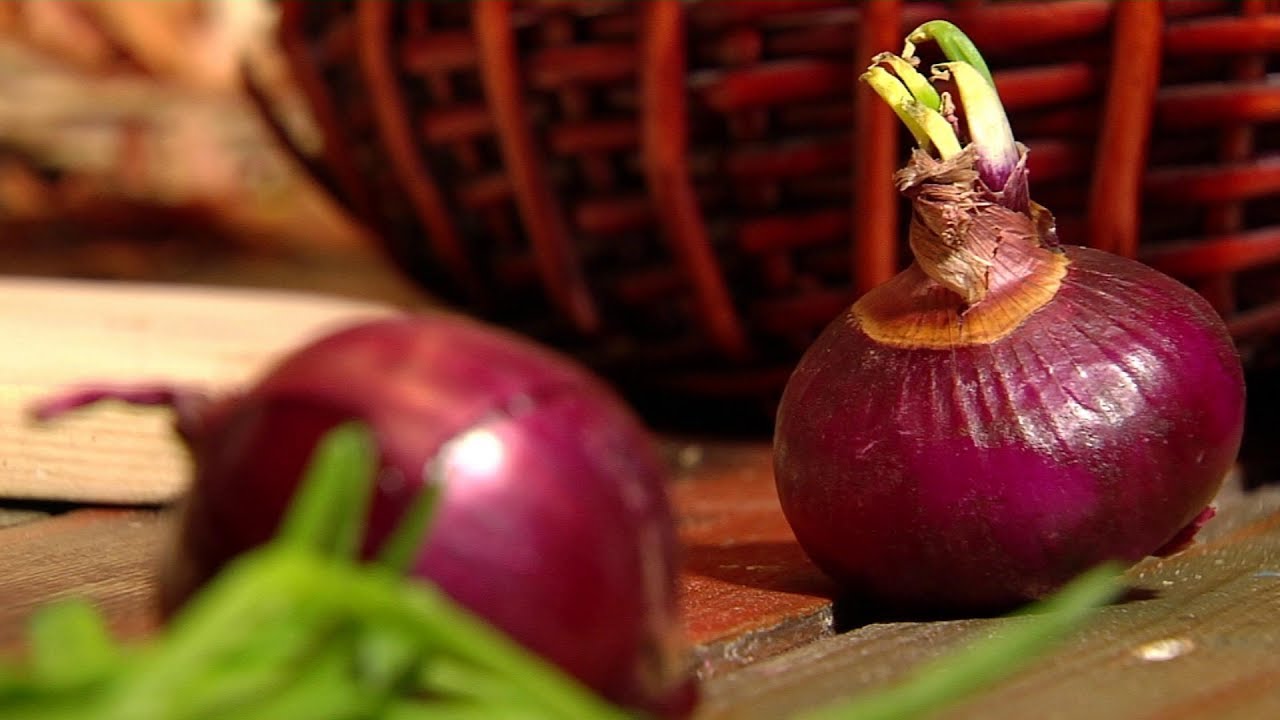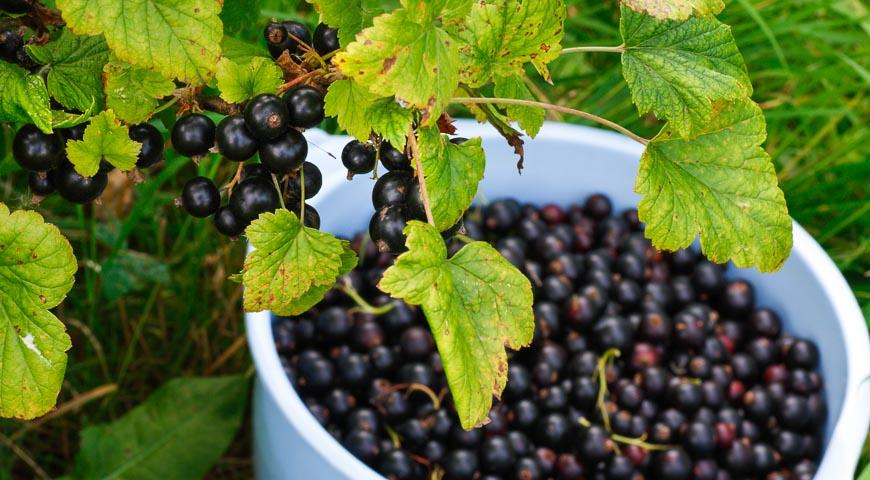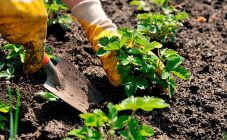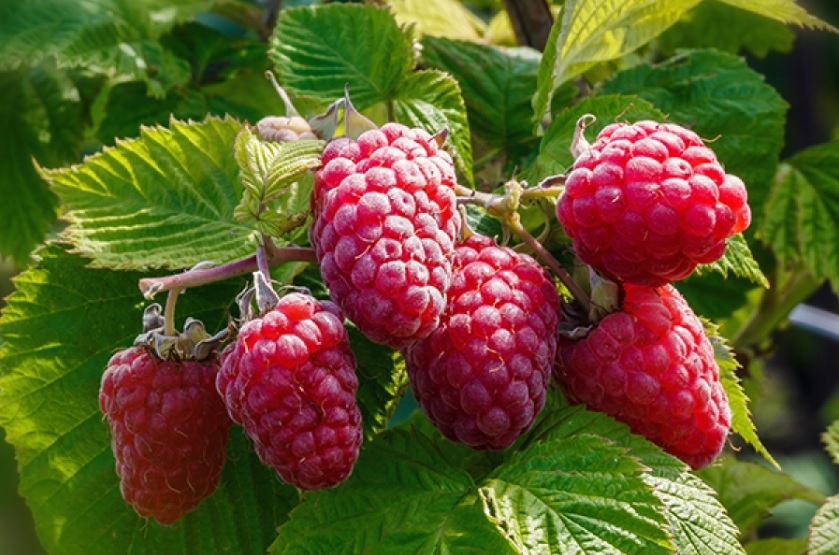Content:
Translated from Latin, hawthorn sounds like "indestructible", and this is no coincidence. The culture is distinguished by shade tolerance, resistance to drought and frost. For centuries, this plant has been used as a hedge. Today it has many varieties that are actively used in folk medicine and landscape design. One of them is the Blood Red hawthorn. He is also called Boyarka, Lady or Glod.
Hawthorn features
It takes a long time to wait for the fruiting of the hawthorn, it begins to bloom only in the 10th year of life or even later. Cultivars that are propagated by grafting begin to bear fruit after an average of 6 years. The peculiarity of the plant is that its flowers have an unpleasant smell, therefore it is not recommended to plant hawthorn near residential buildings, gazebos. After the inflorescences are dried, they lose their repulsive odor.
This plant is not suitable for cultivation without pruning in a small area, as it grows into a large, spreading tree. The healing properties of the garden hawthorn are less pronounced than those of the wild one. But from its fruits, wonderful jam and jam is obtained. The yield of a culture largely depends on what kind of summer it is. In rainy and foggy weather, the hawthorn bears little fruit.
This botanical species does not require any special care, it only needs rare watering. The main thing when keeping hawthorn on the site is to normalize the size by pruning so that it does not take up too much space. Truth and fruits in this case will also be less.
The blood-red hawthorn has become widespread in Siberia and Transbaikalia; it is also bred in central Russia. In many areas, it has run wild and grows on forest edges, glades, in river floodplains, forming in places impassable thickets. The plant does not tolerate the close occurrence of groundwater.
Description of the plant
Depending on the growing conditions, the Blood Red hawthorn according to the description can grow in the form of a shrub or a tree, the trunk of which, under favorable conditions, can reach 12 m in height. The plant is resistant to drought and frost, but does not tolerate waterlogging of the soil. This type of hawthorn has the following characteristics:
- The color of the trunk is dark brown, and the branches are reddish. Mature branches are covered with spines 2-3 cm long, young shoots are devoid of this feature.
- The leaves are oval or diamond-shaped and have a pointed tip. The edges of the leaf plate are bordered with large teeth.
- Flowering occurs at the beginning of summer, its duration is 1-2 weeks. Flowers about 15 mm in diameter are collected in corymbose inflorescences. The color of the petals is white, with a light cream shade.
- The fruits ripen in October. In appearance, these are small orange or red berries up to 10 mm in diameter.
- The pulp of the fruit is mealy, with a few small seeds. It has many healing qualities.
As a means of traditional medicine, not only berries are used, but also flowers, bark, leaves. Hawthorn is also used in official pharmacology.
Landing rules
The hawthorn, planted on the site in the form of a decorative fence, due to its thorns is an insurmountable obstacle and at the same time looks very decorative. The plant tolerates a haircut well. Barberry, bird cherry, Nezhinskaya mountain ash will be a wonderful company for hawthorn. It is better to propagate the plant with grafted seedlings, in this case it will begin to bear fruit faster.
For planting a seedling, a pit of 50 × 50 cm is prepared. A drainage from broken brick is placed at the bottom, and then a mixture of a fertile soil layer with two handfuls of ash is laid, 3 tbsp. l. superphosphate and the addition of humus. Fertilized soil must be carefully shoveled. The seedling is planted, deepening the root collar by 3-5 cm. In the near-stem circle, a shallow hole is made for watering. After planting, 5 buckets of water are poured under the plants intermittently. The ground should remain moist for the first 2 weeks for the seedling to take root well.

It is better to propagate the plant with grafted seedlings, in this case it will begin to bear fruit faster.
Care during cultivation
The hawthorn blood red does not make any special care requirements. It is required to moisten the ground under it once a month, pouring 1-2 buckets of water under the base of the trunk. In the heat, it should be done a little more often. In a rainy summer, hawthorn is not watered. For better development in spring, slurry can be applied under the plant. Having received a portion of nitrogen, the tree will give good growth.
Red hawthorn needs pruning if it is planted as a hedge. The haircut is well tolerated by them. The plant begins to bush and produces many lateral shoots that form a dense green wall. By shaping, you can not only give the bush a neat look, but also any decorative shape you want.
Useful properties and contraindications
The blood red hawthorn species is more commonly grown as an ornamental plant, although its fruits are good for human consumption. Berries are used not because of their taste, but to obtain a healing effect.
Mostly formulations with hawthorn are used in combination with other drugs to treat diseases of the nervous system and heart. The fruits of the plant are anti-inflammatory and prevent the appearance of tumors. Elderly people are shown the use of hawthorn to strengthen memory. With its regular use, it improves bowel function and liver function.
People with low blood pressure have contraindications to the use of hawthorn infusions, since preparations based on the plant have a hypotensive effect. You can not use these berries for people with severe pathologies of the heart and kidneys, and it is desirable for everyone else to observe moderation.
Everyone who wants to plant in their garden not only a beautiful, but also a useful plant can safely advise the Blood-Red Hawthorn. It will not burden you with care at all, but it will decorate the landscape with bright colors and give a lot of positive emotions.

